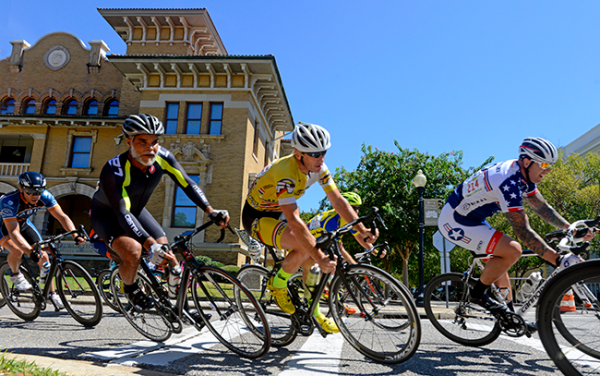Infrastructure
Why does it matter?
Violent crime in our community has been on the steady decline with a low number of murders as compared to other crimes. Aggravated assault cases made up the largest percentage of violent crimes.

A community’s violent crime rate is of critical importance in numerous ways. It is directly linked to how safe a parent feels to let their child out to play in the park, how many families go on evening walks, and what the mental health of a child is when their parent is incarcerated. What people are witnessing on the streets then affects how they think, work, and play in the community.
Where are we now?
Infrastructure broadly considers the systems and services needed for a community to function properly. In this dashboard, we take that a step forward to consider the services and indicators that a community needs to function healthily or that otherwise impact a community’s health. A telling indicator is the racial residential segregation index that measures how homogeneous, or not, a community is. What we find in this data is that it is of higher concern in Santa Rosa County as compared to Escambia County.
Physical separation of races, often forced subconsciously or not, is an institutionalized form of racism that is frequently interwoven with things like location of food deserts, park access, and more. Low segregation rates build more community diversity and understanding. Other indicators in this category, such as walkability, are critical for a community’s ability to make healthy choices in the areas of exercise and play. Much of the northern areas of both counties is rather unwalkable, with the most walkable areas often centered in higher income neighborhoods.
How do we measure it?
Infrastructure is measured using the Walkability index, Racial Residential Segregation and Safety stats. The Walkability map is presented by the UWF GeoData Center which bases its census tract estimations on the National Walkability Index. Another measure for quality of place is the Racial Residential Segregation Index. It is ranked from 0–1 based on the racial similarity of a household with respect to their next-door neighbor. A lower value represents a more diverse community with lower rates of segregated housing areas.
The measures of safety are broken down into two categories—youth arrests and violent crime rates. Violent crimes are the total number of forcible sex offenses, murders and aggravated assaults per 100,000 population (as reported by FL Health Charts). Other “non-violent” crimes were excluded from this aggregation. Youth arrests were an important safety measure to capture, as they include both violent and non-violent cases. Those statistics were presented by The Florida Department of Juvenile Justice as the total arrests (for youth population) by county.
- Walkability Index: Martin, Ben and Mike Fazio, “Walkability Index - Based on National Walkability Index,” GeoData Center, University of West Florida.
- Racial Residential Segregation: “Racial Residential Segregation,” Florida Department of Health, Florida Health Charts 2021, Database accessed via https://flhealthcharts.com. Lightcast – lightcast.io.
- Violent Crime: “Violent Crimes: murder, rape, robbery, and aggravated assault,” Florida Department of Health, Florida Health Charts 2021, Database accessed via https://flhealthcharts.com.
- Youth arrests: “Delinquency Profile by County,” Florida Department of Juvenile Justice, 2020, Data Dashboard retrieved from https://www.djj.state.fl.us.
What call to action is linked to this indicator?
Some calls to action consider what you see in the neighborhood around you. Does it look like you or not? If it does, are there ways to help ensure that it’s accessible to everyone who may want to live there? It’s most important to support mentorship programs in neighborhoods that are aimed at giving children healthy experiences and curbing the potential crime rate at a young age.
Communities can urge their elected officials to improve the walkability and accessibility of communities to promote more green spaces and easier access to where they need to go. Foundations and government programs offer funding opportunities to assist communities with walkability, bike trails, and other infrastructure elements that enhance quality of life.